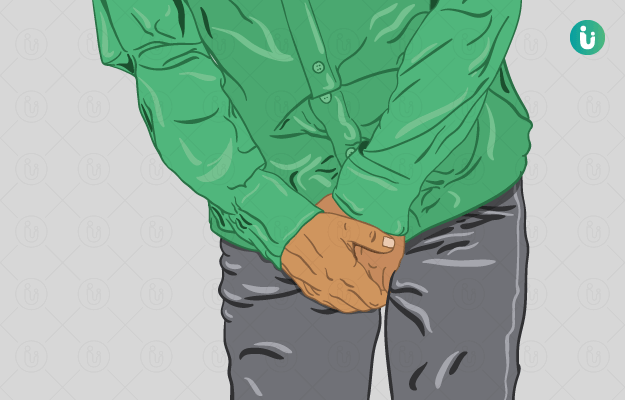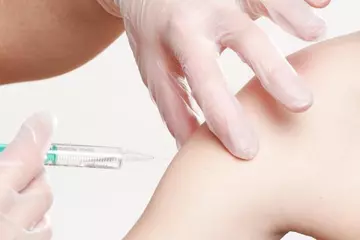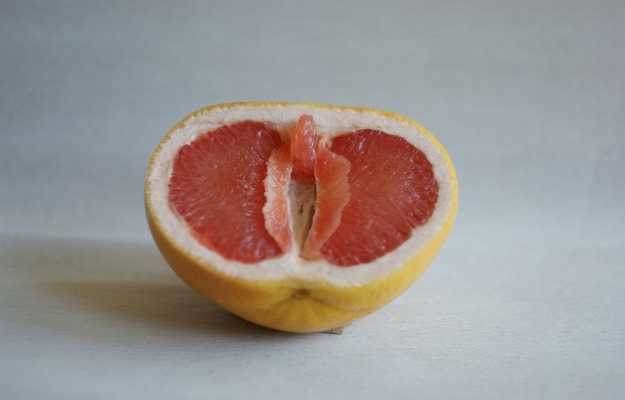What is penile inflammation or balanitis?
Balanitis refers to the inflammation of the glans penis (head of the penis). It is a common condition among uncircumcised (foreskin not surgically removed) males caused due to poor hygiene and accumulation of yeast and other microorganisms under the foreskin. This leads to balanoposthitis (inflammation of the glans and the foreskin) and inflammation of the surrounding penile tissue. It is more commonly seen in immunocompromised individuals such as those with HIV, diabetes and cancer.
What are its main signs and symptoms?
The clinical presentation usually seen in balanitis includes:
- Itchiness
- Tenderness
- Pain in the area or painful erections
- Redness and rashes
- Swelling
- Discharge with a strong odour
Other conditions that can mimic the symptoms seen in balanitis include:
- Phimosis (tightness of the foreskin)
- Paraphimosis (retracted foreskin cannot be pulled forward to its original position)
What are its main causes?
It is caused by the overgrowth of microorganisms usually present on the skin of the glans. The warm moist environment makes it favourable for the growth of such organisms. It is mainly due to infections caused by the fungus Candida albicans. Conditions like diabetes and certain skin conditions may cause balanitis and worsen it. Poor hygiene can also cause balanitis. Sweat, bacteria, debris and dead skin can collect under the foreskin, causing itching and irritation. Presence of tight foreskin can aggravate this problem, as the area cannot be washed properly.
Other causes may include:
- Dermatitis/allergic conditions: Inflammation of the skin due to contact with irritants in soaps, perfumes, detergents and spermicides, causing rashes and irritation.
- Infections: Certain sexually transmitted diseases like gonorrhoea, herpes and syphilis produce symptoms of balanitis.
How is it diagnosed and treated?
Diagnosis of balanitis is made by:
- Clinical symptoms: Erythematous rash with itchiness and soreness.
- Appearance: Red patches with small papules or dull red with a glazed appearance.
- Microscopy: To detect the organism responsible for the infection.
- Skin biopsy: Only if the diagnosis remains unclear.
- Urine analysis: To check for the presence of glucose.
Treatment includes:
- Antibiotics to treat bacterial infection.
- Steroid creams for inflammation.
- Anti-fungal medicines can be used to take care of fungal infections.
- In severe cases, circumcision may be the best option, as the tight skin can hinder cleaning the area.
- Normal saline washes to clean the area.
Self-care tips:
- Until the pain subsides completely, avoid sexual contact and masturbation.
- Make a note of pain-relieving medicines that can be taken when required.
- An ice pack placed on the inflamed area can help minimise pain and swelling.
- Use of snug-fitting underpants can support the painful area.
- Check for any blood around the penis or in the urine, as it could indicate severe inflammation or injury and consulting the doctor is essential in such cases.
- Avoid the use of harsh chemicals like soap. Soap-free washes are recommended.
- Try retracting the foreskin during urination to clean the area and prevent any further chances of infection.
- Partners are generally not treated unless they have symptoms.
(Get online doctor consultation for any health issue)

 Doctors for Penile Inflammation (Balanitis)
Doctors for Penile Inflammation (Balanitis) 


















